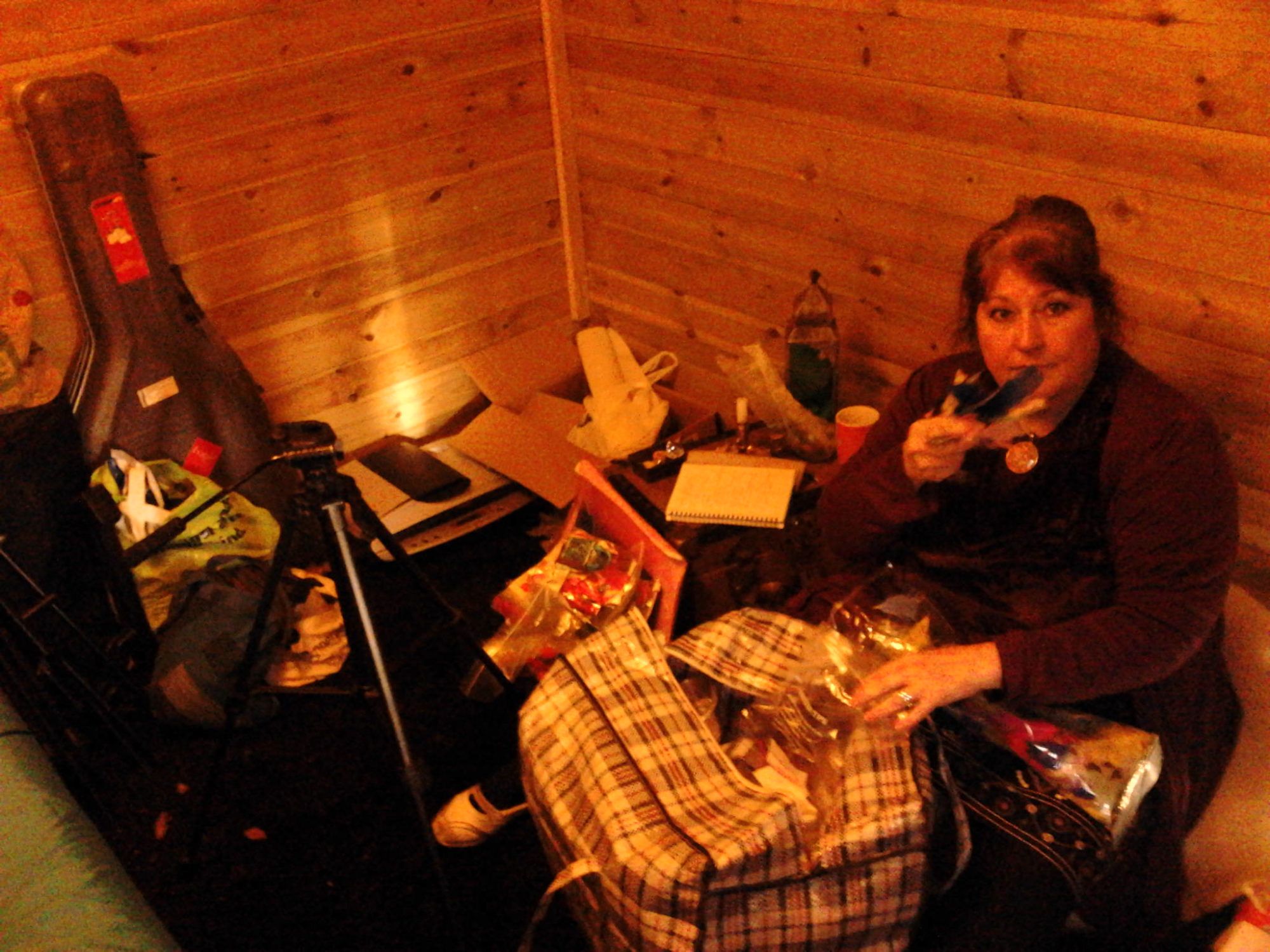The Last Drut’syla? A traditional Jewish storyteller in postwar Europe
- 17th September 2014
- 17:30—18:30
- The Warburg Institute, Woburn Square, London WC1H 0AB

Simon Heywood
A Public Lecture by Simon Heywood (Storyteller, Songwriter, Folklorist) and Shonaleigh Cumbers (Drut’syla: Storyteller)
The lecture is free and open to all. To book, call 0207 862 8564 or email enquiries@folklore-society.com
Shonaleigh Cumbers is a drut’syla, a storyteller in a Jewish tradition inherited from her late grandmother, Edith Marks (d.1988), by whom she was trained from childhood. The drut’syla repertoire comprises twelve interlinked cycles, each of several hundred tales. Training also involves a complex system of oral memorisation, visualisation and interpretation (midrash) of tales. Historically, following training, each drut’syla (cf. Yiddish dertseyler, “storyteller”) would act as hereditary storyteller-in-residence to her own immediate community. However, the tradition was uprooted, and came close to extinction, in the mid-twentieth century. Shonaleigh has been active mainly as a professional storyteller to a secular public. By contrast with rabbinical and official Jewish narrative tradition, documentation of the oral drut’syla tradition is sparse, and much about it remains obscure.
This presentation is based on a pilot research project funded by Derby University. It introduces live and recorded examples of Shonaleigh’s storytelling, and places them context, giving a general survey of Jewish storytelling, and the place of the female drut’syla within it; a brief biographical notice of Edith Marks, Shonaleigh’s mentor; a survey of the drut’syla’s repertoire, training and working methods; a closer examination of one or two typical stories, with comparison with other versions of the same tale-type; and indications of directions for future research.